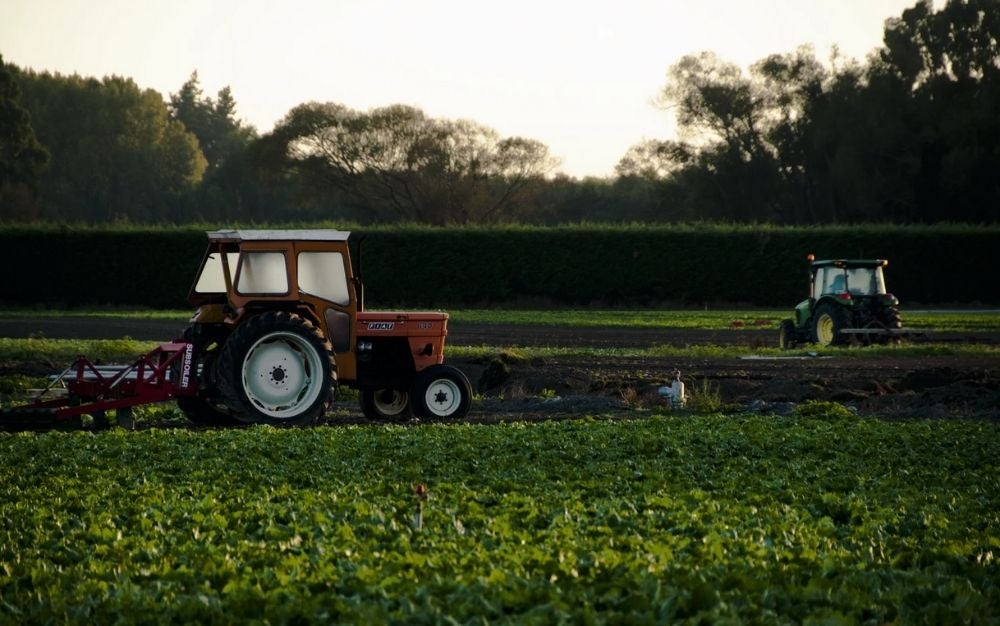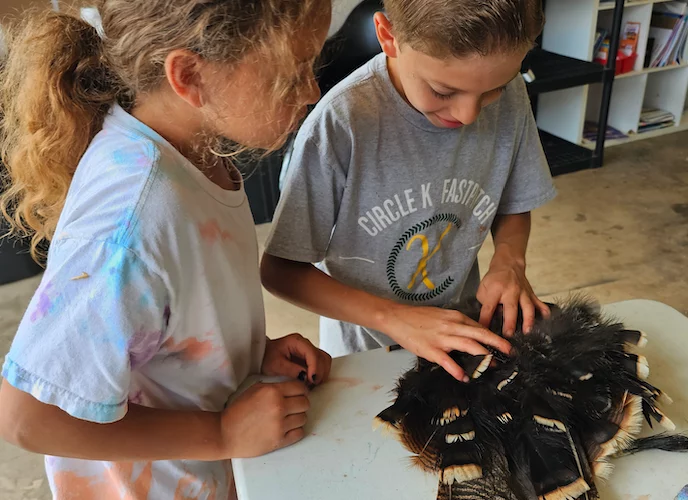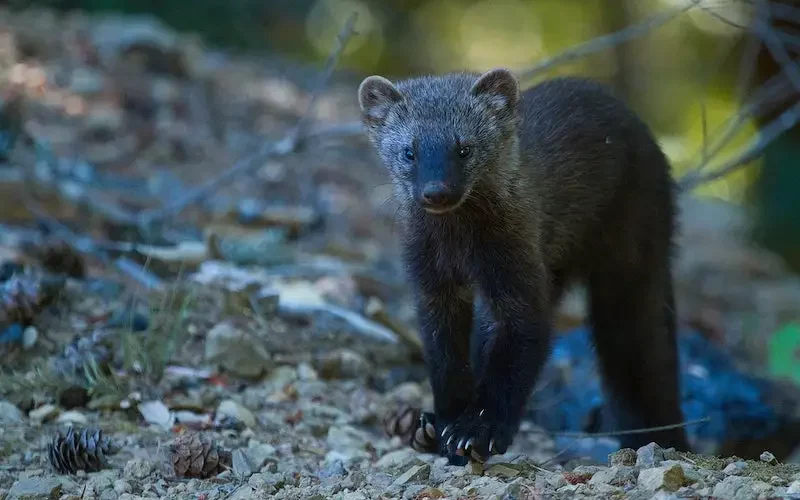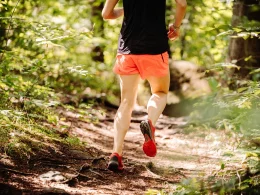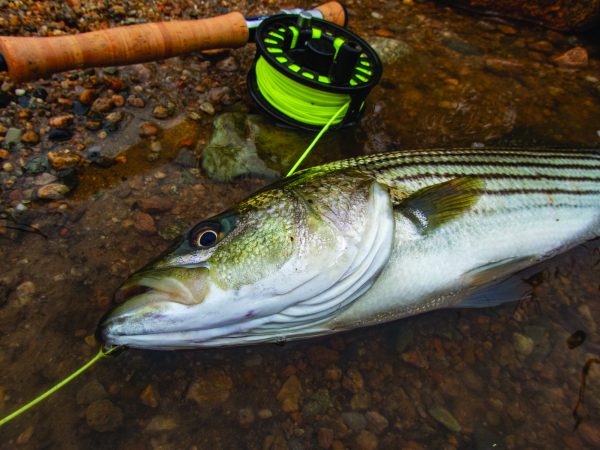If your state allows it, and you’ve got the time and land to do so then plating a food plot could increase the quality of your time spent in the woods. Food plots are a great way to draw in deer and retain them year after year.
Table of Contents
Evaluate your Surroundings
Most hunters only think about planting food plots for the fall. Really though, you should be taking a more significant approach. If you instead plant year-round then you will retain herds throughout the year. Giving you a better opportunity to scout that herd and will keep deer living in and around your hunting ground for years to come. Which is what we all want right?
Deer can live anywhere within one square mile up to fifteen square miles. It just all depends on the area you live in. Heavily agricultural areas will be different than a piece of land that might be closer to the suburbs.
Print out or just look at a GIS map or google maps of the area around your property. Locate water, bedding areas, cover, and agriculture. Next, you’ll want to figure out a way to diversify your plots. Deer are grazers and enjoy diversity in their diet. So, planting something that’s different from surrounding crops or that doesn’t drop from trees can be a major draw.
If you live in a spot that has a lot of corn or soybean farms, then avoiding that crop would be for the best. You’re not going to be able to compete with their farm, so find something that the deer like that’s different than what’s around you.
Once you’ve figured out what’s growing around your property it’s best to go out for a walk and look for deer signs. Where are rubbing, scraping, or walking? These can help you identify travel routes that can inform you about where to plant your food plots.
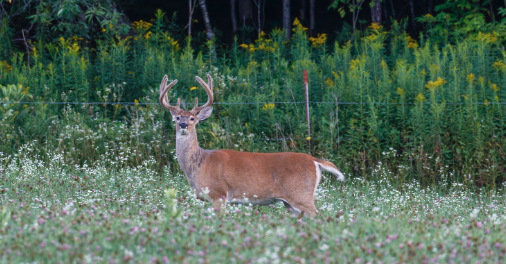
Year Round Feeding
Deer don’t just eat during deer season. So, you shouldn’t plant just for the fall. Deer will eat 365 days out of the year and will also follow a pattern. They’ll revisit places day after day and year after year if the resources last. Deer will continue to visit your food plots once they figure out, they have a food source at the ready all year long.
In the spring you may see fewer deer in areas you’ve planted. That’s only because there is an abundance of natural food during this time of the year. Don’t be discouraged though. Also, this doesn’t mean you shouldn’t plant for the spring. You’ll still want to have something in the ground. This can also be beneficial if you plan on hunting other animals during that time of the year.
There are four categories to use for your crop rotation. Perennials, warm season annuals, cereals, and brassicas.
Choosing Plots
If possible, you should plant two different types of food plots. One for hunting and one for nutrition.
Hunting plots are usually small and are back in areas near bedding spots. Ensure the entire area is visible from wherever you decide to hang or place a stand/blind. Take time in the summer to trim up limbs for shooting lanes and to figure out how you will enter your stand. Also, don’t forget about wind direction. In some areas, the wind swirls and can hold your scent. Choose a spot to lay a blind or hang a stand where the wind won’t be blowing your scent all over the field. Multiple locations around the plot are a good idea.
Your hunting plots should mature and be able to live through the hunting season. Brassicas and legumes are great for these types of food plots.
Nutritional plots can be larger and more exposed than your hunting spots. These are intended to be a deer buffet. Keep these near known travel areas. Bonus points if you can keep it near spots that allow for quick cover. Having these near but not next to your hunting plots will ensure deer are always traveling through your land looking for food.
These plots should always allow deer something to graze on. Clover is a great option if you want something that is year-round as well as a food source that deer love.
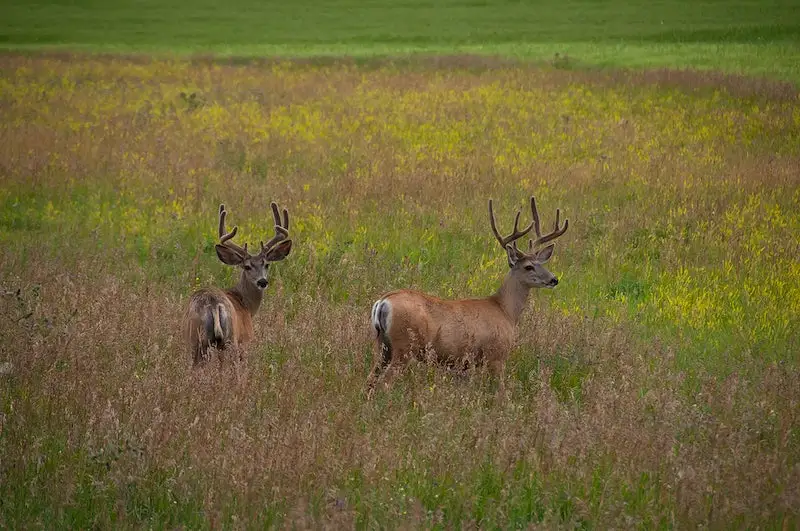
How to Plant a Food Plot
Now that you’ve selected your food plot locations as well as your seed it’s time to get to work.
Soil Test
If you’d like you can just plant and hope it works out for the best. However, if you’d like to be as thorough as possible to ensure your plots grow to the best of their ability then you’ll need a soil test.
Often you can buy one online or your county can provide you with one. Getting this test done will give the precise nutrient application rate.
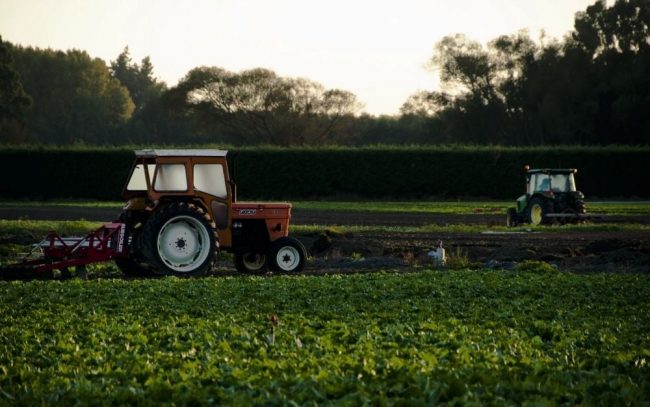
Weeds
Get rid of all the existing weeds or vegetation in the area you plan on planting. You’ll want to rake up small plots or till up larger areas. Spray with an herbicide to kill anything there. After a week or two you should spray again to ensure you’ve killed anything you don’t want. Weeds will choke out your food plot so you need to ensure everything is gone before you can start planting.
Smooth the Seed Bed
Rake any rocky or uneven soil to ensure that the earth is smooth and even. If you have a large area, then a portion of a chain link fence drug behind a four-wheeler can be an effective way of doing this.
Forecast for planting
Keep an eye on the local forecast for rain. If possible, it’s best to plant right before a drizzle or small rain. If it’s a big storm, then there’s a good chance your seed will get washed out and you’ll have to re-seed the area.
If you have irrigation, then no need to worry about planting around the rain. Just ensure no big storms are moving through anytime soon and you should be good to go.
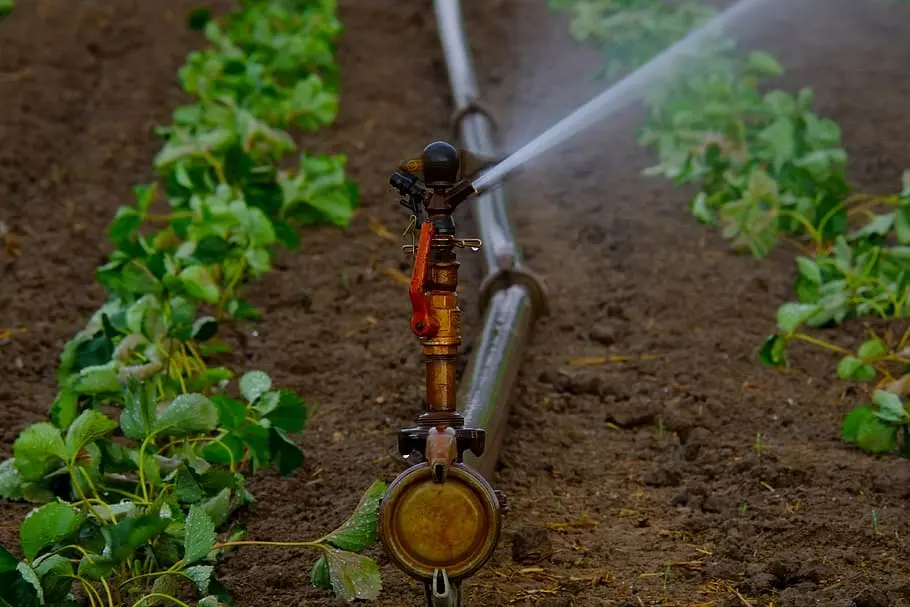
Measure your Seed
Measure out the area you will be planting in and use the information on the back of the seed pack to measure out how much to use. Too much could lead to crowding will lead to a failed plot and too little won’t yield enough food.
Cover your Seed
Cultipack, drag, or roll your seeds so that they press firmly into the soil. Small seeds should be around ¼” whereas large seeds should go in ½” – 1” deep. This is an important step that many don’t focus on. If you plant too deep, then your seeds will rot and fail to germinate.
Protect your plot
It’s important that the crop is established before it can be grazed on. You can do this by planting multiple plots with different maturity rates or you could use a portable solar-powered fence charger. This electric fence can go a long way in ensuring your crops are safe until you’re ready to allow deer to feed.
Fertilize
This is for forage not for crops, so you don’t need to use a ton of fertilizer. A small amount can go a long way in ensuring your food plots are ready to go.
Mow
Mow cereal or clover plots a few times per season to ensure they keep sprouting. If you have a dense herd then this is not needed. Brassicas, peas, and beans do not need to be mowed.
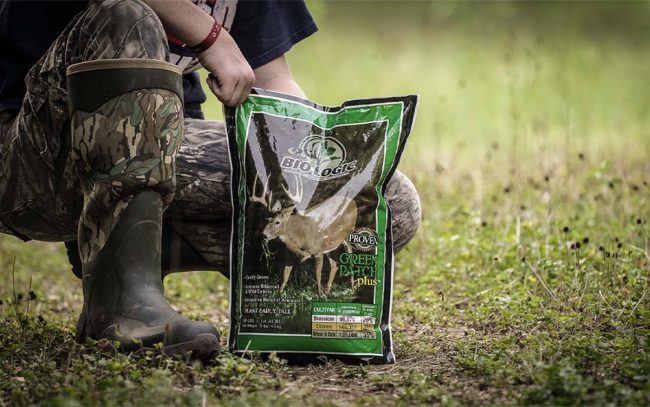
Monitor Your Plots
Once you have your plots planted and growing you get to go into observation mode. Placing game cameras around your nutritional plots can be a great way to determine the number of deer in your area.
Once summer the end of summer starts to come then you should stay away as often as possible. The less scent the better! When you do visit your plots, you should keep in mind the wind direction and use scent control products.
Planting in The Offseason
Keep planting and working on your plots in the off-season. Many different types of animals like to feed on plots so turkey hunting in the spring could also yield better results. If you only hunt deer, then it can seem like a waste of time to plant year-round but ensuring you have a year-round food source for your deer herd can make all the difference. If you don’t have the time to plant as often as you’d like, then perennials are the way to go. Plant them only once and then renew them occasionally for a reliable and low-maintenance food source.
Conclusion
Planning out your plots on paper before you begin laying the into the ground can be a great way to keep everything organized and can help you work your plots faster and more effectively. Also, keep track of how deer move through your property. This can help you with your crop choice.
Wildlife management is a process, and it may take some time to learn and master. Once you get it figured out though it can make your hunting experience even more fulfilling.

